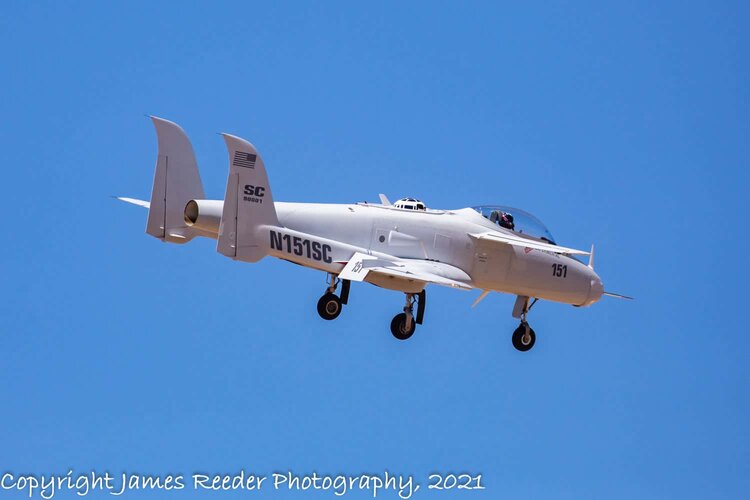On the graphic in question, the 2014 artwork is encircled by aircraft silhouettes accompanied by year of first flight. In three cases, a single silhouette represents two distinct but related models. For example, a Blackbird silhouette represents both the A-12 and SR-71 and is accompanied by first flight years for both, 1962 and 1964 respectively.
Here is the list of aircraft represented (and, yes, I would argue that there are some glaring omissions):
U-2 RAINBOW (1957)
T-33A PASSPORT VISA (1958)
A-12/SR-71 (1962/1964)
HAVE BLUE (1977)
F-117A (1981)
TACIT BLUE (1982)
B-2 (1989)
Model 151 ARES (1990)
YF-23 (1990)
YF-22/F-22A (1990/1997)
YF-118G Bird of Prey (1996)
RQ-3A DarkStar (1995)
X-36 (1997)
X-35/F-35 (2000/2006)
X-32 (2000)
X-45A (2002)
X-47A (2003)
P-175 Polecat (2005)













